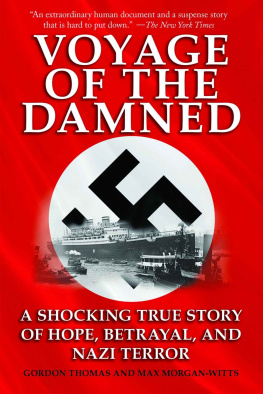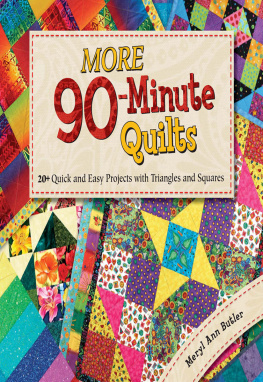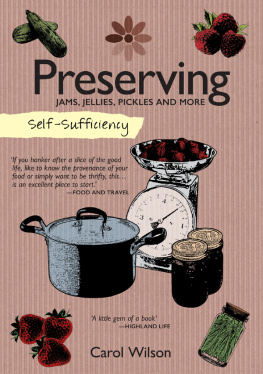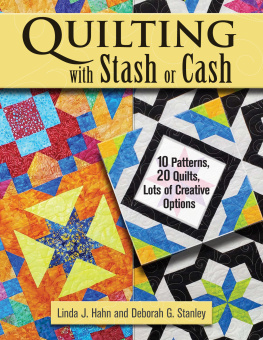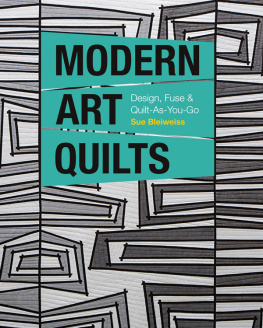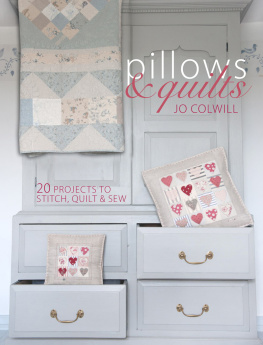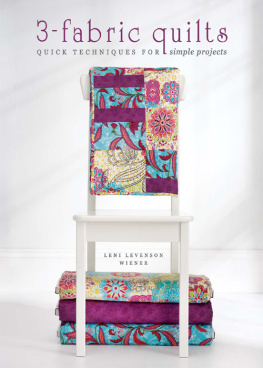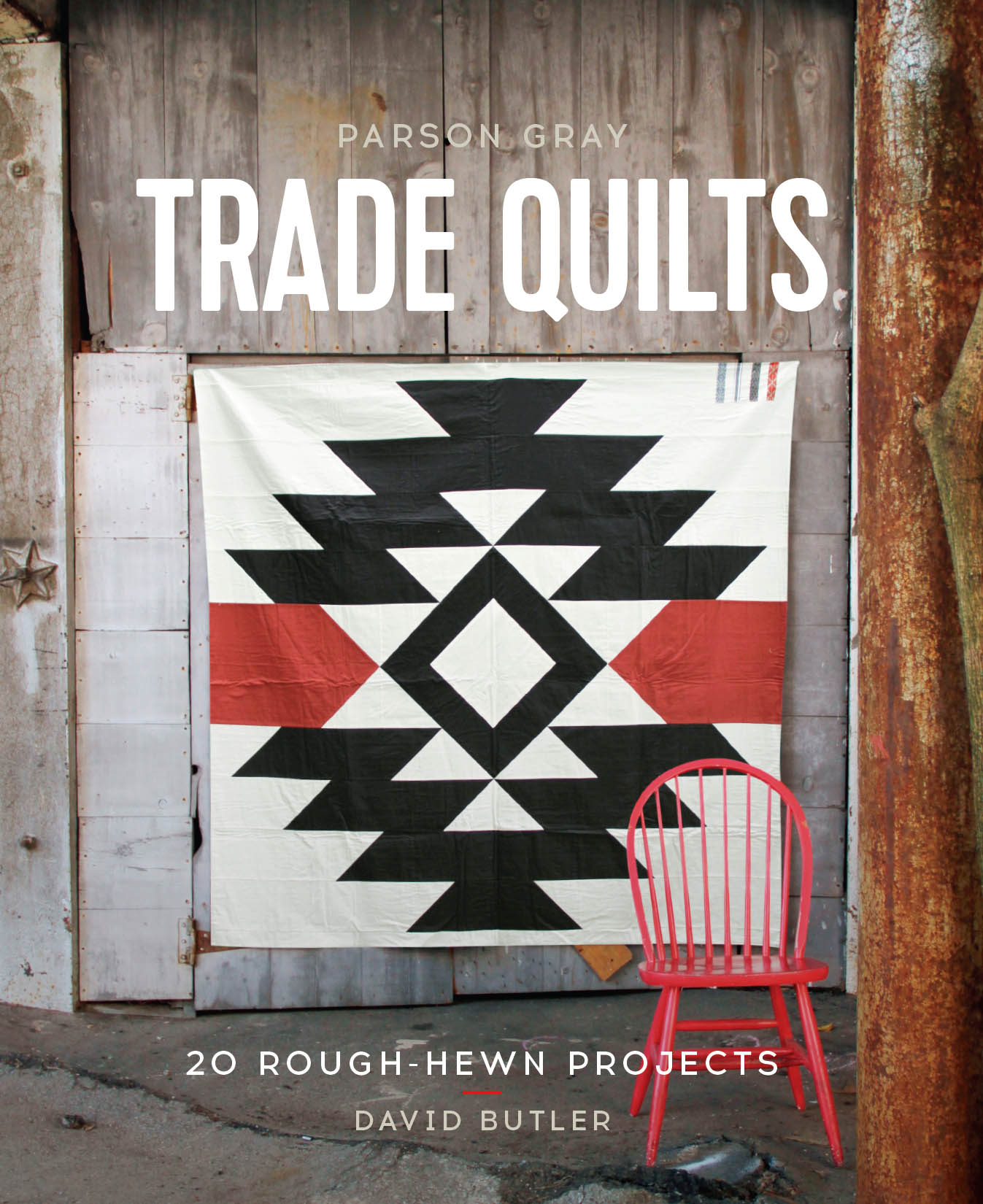

Copyright 2016 by David Butler.
All rights reserved. No part of this book may be reproduced in any form without written permission from the publisher.
ISBN 9781452139678 (epub, mobi)
Library of Congress Cataloging-in-Publication Data
Names: Butler, David, 1965- author. | Guzman, Susan, illustrator.
Title: Parson Gray trade quilts : 20 rough-hewn projects / David Butler ; illustrations and patterns by Susan Guzman.
Description: San Francisco, California : Chronicle Books, LLC, [2016] | Includes index.
Identifiers: LCCN 2016006102 | ISBN 9781452134482 (hardcover : alk. paper)
Subjects: LCSH: Patchwork quilts. | PatchworkPatterns. | Americana in art.
Classification: LCC TT835 .B8935 2016 | DDC 746.46dc23 LC record available at https://lccn.loc.gov/2016006102
Illustrations and patterns by Susan Guzman
Designed and typeset by TO/GO/TK
Chronicle books and gifts are available at special quantity discounts to corporations, professional associations, literacy programs, and other organizations. For details and discount information, please contact our corporate/premiums department at or at 1-800-759-0190.
Chronicle Books LLC
680 Second Street
San Francisco, California 94107
www.chroniclebooks.com
INTRODUCTION
I started out in the quilting world very much behind the scenes, as the husband and graphic artist for Amy Butler, print and sewing pattern designer extraordinaire. Youve probably heard of her. Me? Well...
Theyve let me creep around backstage in the fabric design and quilting industry for many years now, lifting heavy boxes, shaking hands, and having the right tools to help out where I was needed. All the while, I was absorbing the craft, the passion, and collecting the wherewithal to do something of my own. Thanks to the coaxing of my beloved Amy, and the support of my friends at FreeSpirit, I came out with my own line of fabrics, focusing on guy-friendly designs in richly muted dark tones. My personal taste leans toward mid-century modern, Japanese shibori, and American folk art, with a dash of rock and roll. As it turns out, theres an audience for that, and its not just guys. As my fabrics have grown, so has my penchant for using them. Please understand, Im actually a pretty lousy sewer. I can do it, but its not a skill Ive had time to hone, and I realize that many other folks may feel the same way. They want to create, but theyre intimidated by the process. Thats how the idea for Parson Gray Trade Quilts came into being. I wanted to create a new design paradigm that celebrates reckless artistic abandon, for those of us not seeking perfection, but empowering curiosity. There will be mistakes, and thats totally fine. In fact, thats part of the story and part of the magic that happens when you shake off the constraints of making everything just so. In the world of quilting, which I admire and love, this is equal to coloring way outside the lines.
By taking on this daunting idea of a quilt book for the uninitiated, I had a conundrum on my hands: I do not write sewing patterns or instructions. Amy does, but shes way too busy with her own! So I turned to the only person I could think of who is a masterful sewing-pattern writer, and also someone with enough creative allowance to understand what the heck I was trying to do. Susan Guzman has been a friend for years, and she jumped at the idea of co-creating a new way of looking at sewing and quilts. She was able to break away from her ingrained amazing skills, step back, and interpret the rantings of a lunatic-deconstructionist graphic artist. As it turns out, telling people how to make something imperfect is about as hard as telling them how to make it as perfect as they possibly can. At least theres a formula for the latter.
So heres the gist of this book. Its a guide of rustic sewing ideas for modern pioneers. Yes, there are patterns, and yes, there are instructions, but more importantly, there are ideas. Ideas for coloring outside the lines, embracing patina, reveling in whoops, and blending vintage with modern, as I love to do with my fabric-print designs. Creating lived-in is a part of the goal, as is getting funky with it, and maybe even a little dirty. Its not perfectly square?!? Yeah, I know. Cool, right?
NOTES FOR ALL PROJECTS
- Please read through all instructions before beginning a project.
- Unless otherwise noted, all fabric yardage given is based on 42" to 44" [107 to 112 cm] wide fabric from the bolt.
- Prep fabric: Prewash new cotton, polyester, or blended fabrics in your washing machine using warm water to remove the sizing the manufacturer uses in the printing process; tumble dry, low heat. Gently preshrink wool fabric and wash any natural fiber vintage fabrics by hand using cold water; hang or dry flat. Press out any wrinkles from washed fabrics before using. Tip: Make small diagonal clips in the corners of each fabric piece before washing to help prevent fraying and tangling.
- Use 1/4" [6 mm] seam allowances unless otherwise stated.
BASIC TOOLS
These tools are used for all of the projects in this book. They are the essential supplies quilters should have in their sewing arsenal. Any additional notions or other items you may need for a project will be noted in its specific instructions.
- Sewing machine
- Extra sewing-machine needles
- Assortment of hand-sewing needles
- Iron and ironing board
- Large box of quilters safety pins (optional)
- 6" x 24" [15 x 61 cm] acrylic ruler
- Rotary cutter and 24" x 36" [61 x 91 cm] mat
- Scissors, both large and small pair
- Fabric marking pencil and/or fabric marker
- Straight pins
- Quilters clips (optional)


FABRICS
Approach your choice of fabrics with a quest for adventure and a sense of humor. Why? Well, vintage fabrics present their own inherent patina and charm, but in combining them with newer fabrics, youll need to have a little patience and forethought. The same goes for combining different types of fabric, i.e., cotton with wool, wool with denim, and so on. There may be a need to change needles for heavier-weight fabrics, address the speed of your stitch, or change the weight of the thread for lighter-weight fabrics. There are dozens of great websites that give guidance for practically any sewing question. A couple of my favorites are www.thesewingdirectory.co.uk and www.threadsmagazine.com.
I didnt work with voiles, silk, or other fashion fabrics in this book. For the styles of these quilts, I felt it necessary to start with some of the easier-to-work-with, more utilitarian fabrics, as each fabric brings its own set of demands. With that in mind, I can give you a synopsis of the basic fabrics that are covered in this book.
CANVAS
Canvas is the heavy-duty workhorse of cotton fabrics. It has a plain weave that is very sturdy, yet is easy to sew with a durable needle (size 100/16 to 110/18, depending on the type of thread being used) and a stitch length setting of 3.0 to 4.0. Go slow and steady; dont jerk the fabric through your machine. New canvas can be quite stiff and it will shrink some, so washing in advance is always a good idea. Keep in mind that open edges will fray like crazy, as the weave is simple and opens up quickly. Consider sewing a zigzag stitch along raw edges before you wash; in fact, you may want to wash your canvas multiple times before attacking your project. Duck canvas has a tighter weave than plain canvas, and as such has a firmer hand. The weave of canvas can be a bit coarse, so it may not be the best idea to line the sleep side of your quilt with it, unless it has been well worn and washed several times.
Next page

